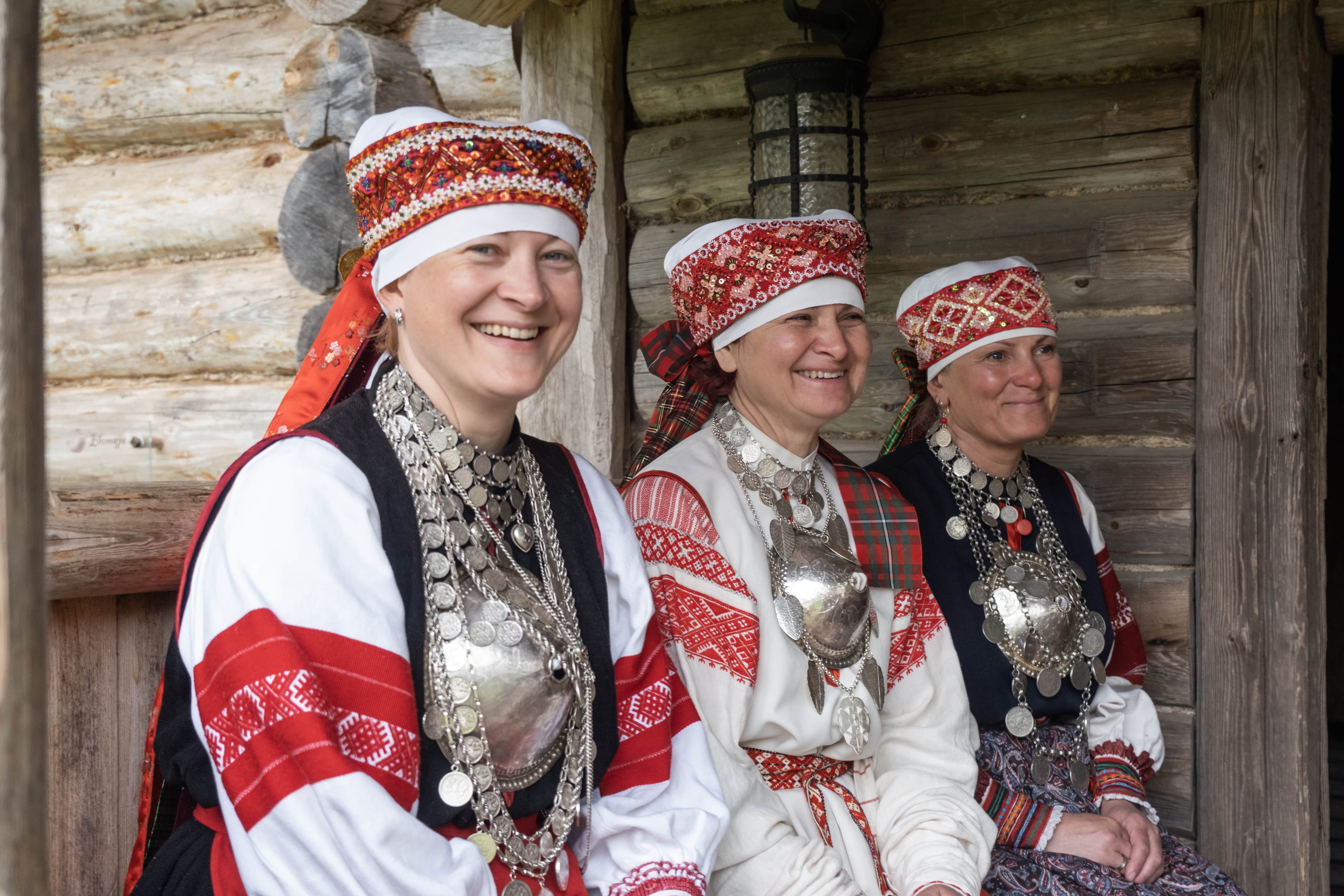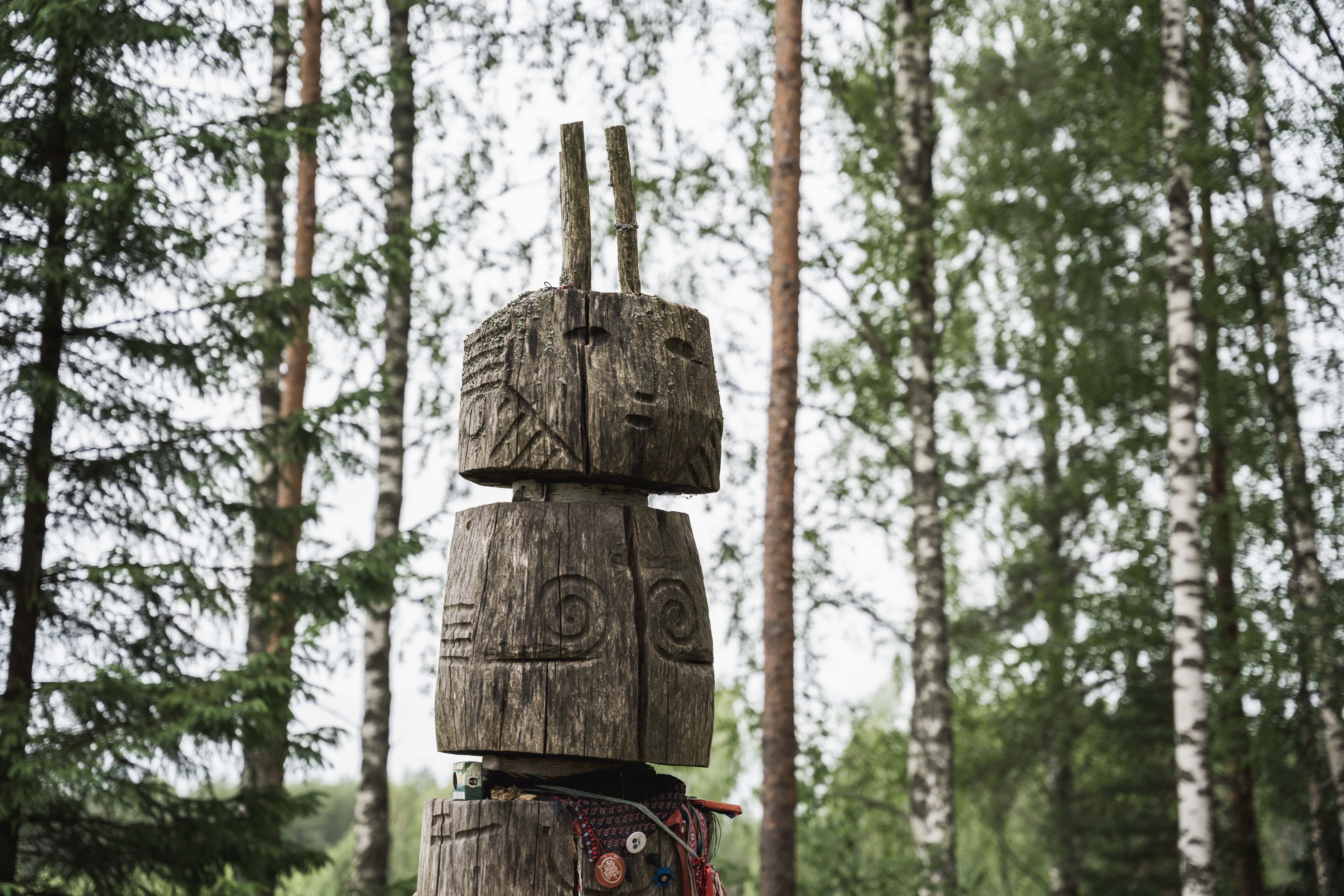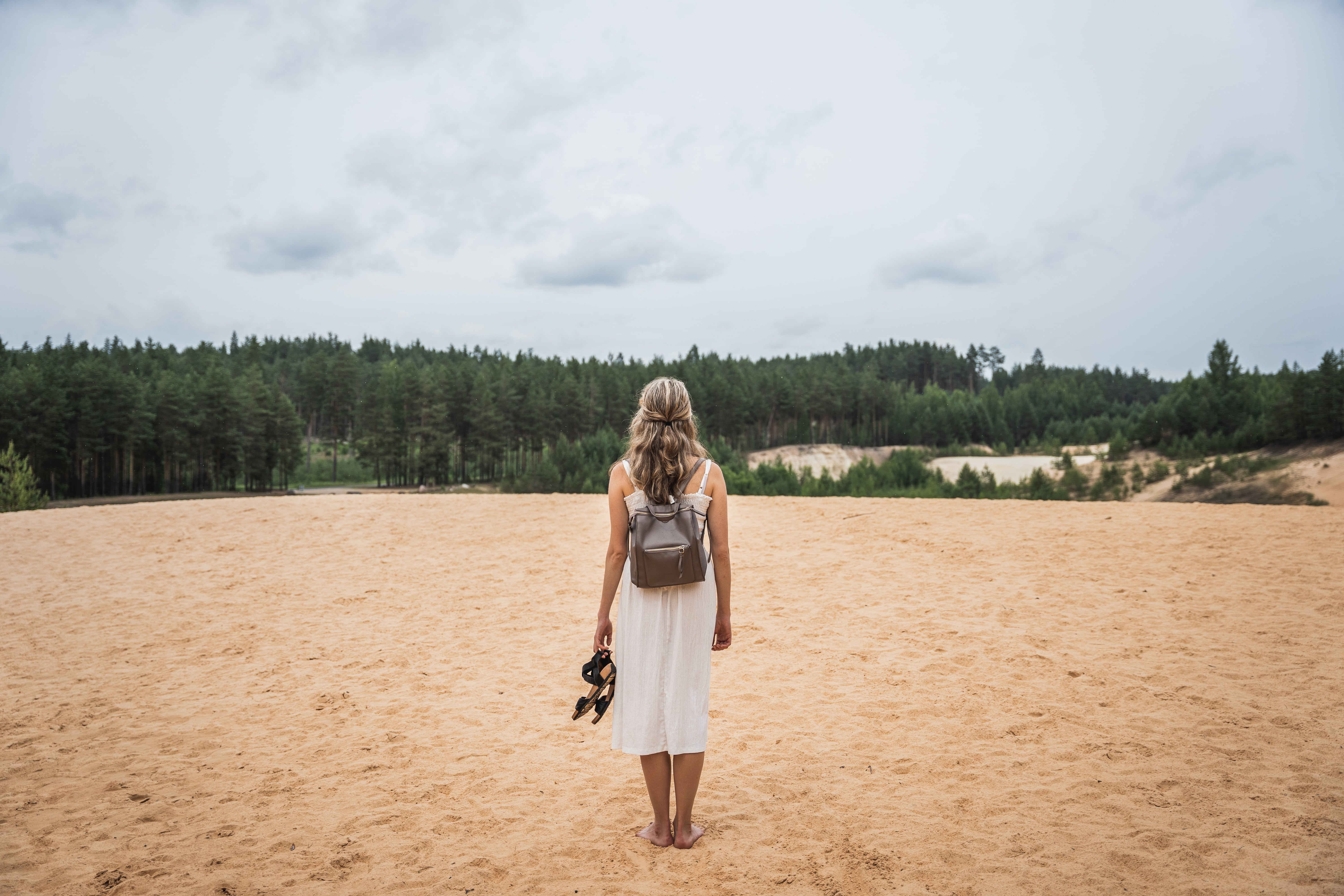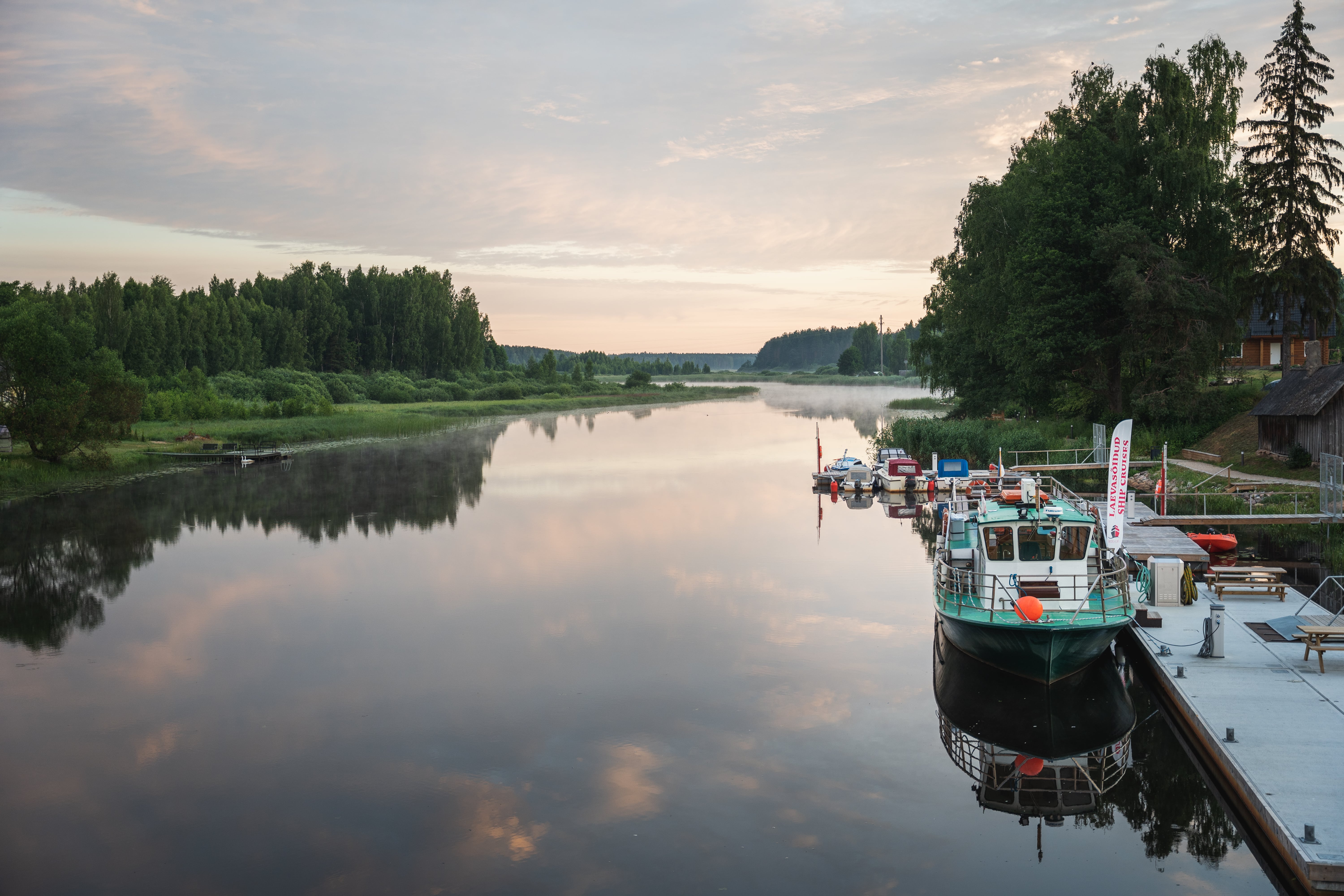
Setomaa
The Seto people, one of Estonia's ethnic and linguistic minority communities, have called the southeastern corner of the country home for centuries.
Borderlands hold a special kind of power, where creativity, nature and tradition collide.
Setomaa is no exception.
People from Setomaa are used to living at the crossroads. They have their own identity as Setos, but they are also Estonians. Setos speak a Finno-Ugric language, like Estonian, though they practice Orthodox Christianity like their Slavic neighbors to the east.
Source: Hans Markus Antson
Following Estonia’s re-independence in 1991, the new border divided Setomaa in two.
The historical capital of Setomaa was Pechory and the Pskov-Caves Monastery, which are now part of Russia. The monastery was saved from the Soviet anti-religion campaign from 1921-1928, as the area was part of the first Estonian republic.
However, Seto life has come to revolve around Värska. Currently, about 15,000 Setos reside in Estonia and another 300 in Russia.
Join a lively community event or celebration in Setomaa!
Setos have celebrated Seto Kingdom Day since 1994. A new king or queen is chosen by the people. The regent is said to receive instructions from Peko, the god of fertility, who slumbers under the Pskov-Caves Monastery. In reality, it's more of a ceremonial position, and the king or queen serves as a cultural ambassador for the year.
Numerous music festivals are also held throughout the year, such as Seto Folk and the Treski Festival Music and Inspiration Festival. You can also try traditional Seto flavors at Kostipäiv, Setomaa's day for pop-up home cafes.
Religious celebrations are also important to Seto community life. Easter is celebrated with egg rolling on a specially built sand ramp. On St. George's Day, people go to the cemetery to commemorate their ancestors and then gather for a village festival.

Source: Priidu Saart

Travel slowly and connect to Setomaa's cultural heritage
Setomaa may be off the average tourist's radar, but it's only a three-hour drive from Tallinn. Feel free to rent an electric car, as there are electric car chargers in Värska and Hindsa. You can also take a train from Tartu to Koidula, and explore the area by bike.
The Seto Külävüü — the Seto Village Belt, in English — is Setomaa's main tourism route. It winds through the area like the undone belt of a traditional folk costume, guiding visitors from one Seto village to another, advising them where to stop along the way.
It connects villages, churches, cafes, museums, and more. It starts at Võõpsu, Setomaa's northern gateway, and it winds through Värska and Saatse to Obinitsa and Meremäe and ends at the Luhamaa border crossing.

Source: Priidu Saart
Where to learn more about Seto culture and history
Visiting at least one of these museums is a must while you're in Setomaa.
Your mind clears, your soul calms, and your heart finds the rhythm of nature in South Estonia.
Setomaa's landscape is full of natural sacred sites, and the region is dotted with village chapels called tsässons. These small prayer houses seem to blend in with their surroundings.
The nature of South Estonia has inspired writers, musicians, artists, craftsmen, and designers throughout Estonia's history.
Now let it inspire you.
Learn from the locals
Guided tours can help you discover hidden histories and discover the cultures and traditions that permeate everyday life.
What are your interests?
Whether you're here for a weekend or several weeks, you'll always have enough time for remarkable experiences.
Start planning!
Use our interactive map to find destinations, discover new activities, and design a travel plan.
Last updated
15.07.2024



